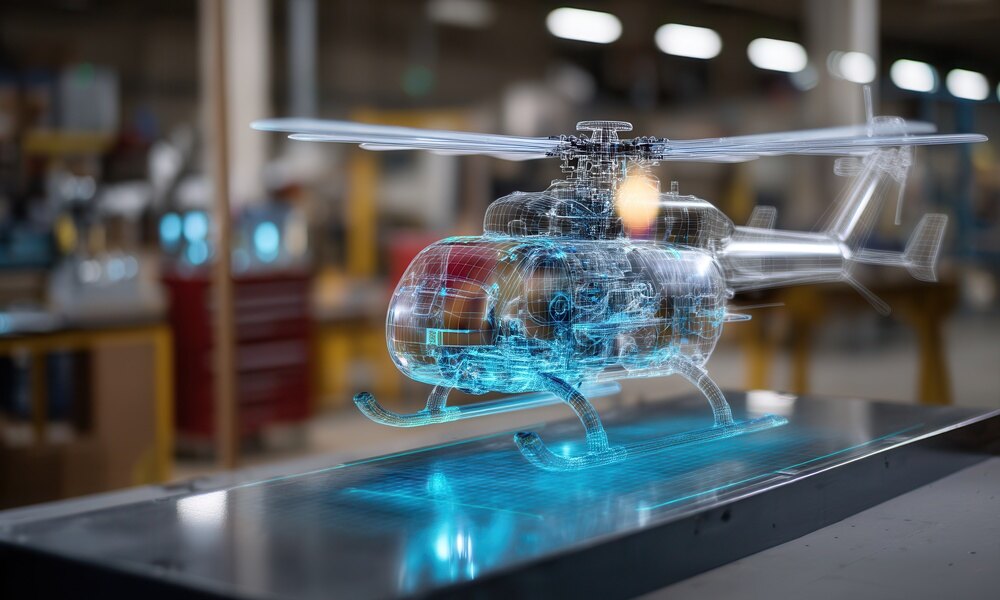From Cockpit to Cabin: The Evolution of Helicopter Design
Helicopters unlock unique flight capabilities thanks to rotating wing systems. But transforming rotorcraft from barebones prototypes into safe, stable aircraft demanded innovations across mechanical and structural engineering. Furthermore, the evolution continues today advancing helicopter performance, efficiency and comfort through improved designs.
Table of Contents
Closed Cockpits and Instrumentation Revolutionize Control
Early helicopters simply had pilots sitting exposed at centered control bars manipulating rotor functionality. As designs matured enclosing the cockpit, instrumentation added key insights about aircraft status. Centralized dashboards first displayed basic flight parameters like airspeed, altitude, and heading. Electronics innovations then added radar-enhanced terrain mapping, navigation systems and multicore processors. Now enclosed cockpits boast expansive glass flight decks fully digitizing control inputs alongside situational awareness visualization. Intuitive touchscreens with enhanced graphics condense weather, positioning, system diagnostics and flight planning to transform pilot workload. Advanced flight automation also enhances stability and simplifies commands, lowering training barriers. Altogether, closed cockpits with continuously improving aviation electronics expand what rotorcraft accomplish.
Durable New Airframe Materials Withstand Intense Stresses
Unlike fixed-wing aircraft, a helicopter’s spinning rotor mast, transmission, and struts endure substantial vibrations plus loading stresses. Early helicopter frames were thus weight-limited, needing frequent inspections and part swaps. But materials science transformed ruggedness and safety through composites, durable alloys and protective coatings. Airframes now sport expanded lightweight carbon fiber that reduce fatigue while cutting maintenance. Other metallic improvements raise tensile strength, resisting damage in minor incidents. Sections prone to erosion may also employ nickel-based alloys prolonging integrity across high-wear zones. Together, the innovations better shield critical gear and structural assets that boost helicopter resilience.
Versatile Cabin Designs Expand Mission Capabilities
Helicopters Excel in Customizability
Beyond base structures, helicopter cabins prove extremely customizable to suit diverse missions. According to the experts at LifePort, HEMS interiors showcase this adaptability through medical cabin retrofits featuring powered stretcher locks, infusion hangers and oxygen delivery supporting helicopter emergency medical services. Offshore transport models emphasize protecting passengers against sea spray, while VIP luxury outfitting satisfies comfort. Cabins even reconfigure for search and rescue allowing cabin doors to open wide for hoist operators and gear storage access. Thanks to modular floor plans and accessories, specialty completion centers can truly customize rotorcraft equipping optimal interior functionality.
Ergonomic Upgrades Focus On Occupant Experience
As longer-range helicopters gained popularity for commercial use and private owners sought enhanced amenities, attention shifted towards occupant experiences. Seating design improvements better account for safety, space and comfort on long flights. Things like expanded legroom, noise damping materials, customizable lighting and connectivity ports all cater to passenger well-being. Optimizing ride quality beyond bare necessities means cabin environment engineering elevates satisfaction and accessibility for all rotorcraft occupants.
Automation and AI Set Future Safety Trajectories
Aviation automation already assists critical functions from navigation to engine diagnostics across helicopters. But expanded artificial intelligence adoption offers crew workload reductions plus predictive insights unavailable before. AI-enabled image processing has maturation paths able to identify runway debris and obstacle threats. It may also diagnose developing mechanical issues earlier and recommend mitigations to maintain operations. Machine learning applied to flight data further helps model risk scenarios and advise training focus areas to improve pilot reactions. More broadly, AI and augmented automation can significantly improve accident prevention by acting as supplemental aids, not replacements.
Conclusion
The remarkable progress in helicopter technology is a testament to the power of multidisciplinary engineering. Expanded digital cockpits with flight management automation combined with stronger, fatigue-resistant airframes fully transformed rotorcraft possibilities. Custom outfitting additionally opened specialized roles and improved experiences through human-centric cabin amenities. Future horizons hold even greater promise. This is because deepening integration of automation and artificial intelligence co-pilot helicopters to new heights of safety and performance. Thanks to ongoing engineering ingenuity, rotorcraft continuously break past prior limits.
More info available on our website.







